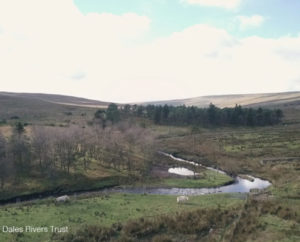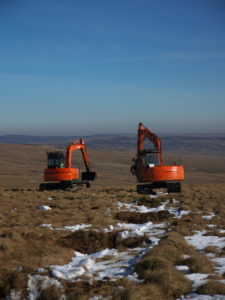 Natural flood management pilot schemes in Yorkshire are the focus of an iCASP project to develop best practice for modelling and monitoring. Defra’s 25 year Environment Plan highlights the important role that natural flood management techniques can play in flood risk management. The Yorkshire work will therefore contribute valuable learning for the rest of the UK. The iCASP project will help to develop best practice and show how natural flood management can deliver a range of benefits in addition to flood protection.
Natural flood management pilot schemes in Yorkshire are the focus of an iCASP project to develop best practice for modelling and monitoring. Defra’s 25 year Environment Plan highlights the important role that natural flood management techniques can play in flood risk management. The Yorkshire work will therefore contribute valuable learning for the rest of the UK. The iCASP project will help to develop best practice and show how natural flood management can deliver a range of benefits in addition to flood protection.
Blogs
Maximising pay-back from peat restoration
 Efforts to restore Yorkshire’s vast peat bogs will soon be getting a welcome boost, thanks to a new project being developed by the Yorkshire Integrated Catchment Solutions Programme (iCASP).
Efforts to restore Yorkshire’s vast peat bogs will soon be getting a welcome boost, thanks to a new project being developed by the Yorkshire Integrated Catchment Solutions Programme (iCASP).
The Yorkshire Peat Partnership and Moors for the Future Partnership will be working with the Universities of Leeds, Manchester and Durham to develop tools that people can use when they consider how to get the most value from restoring a bog even as the climate changes.
The project team will develop a user-friendly and updated version of a modelling tool called DigiBog. They will also create a ‘menu of methods’ for valuing the benefits of peatland restoration. This will help restoration practitioners plan their programmes to generate maximum social benefit.
